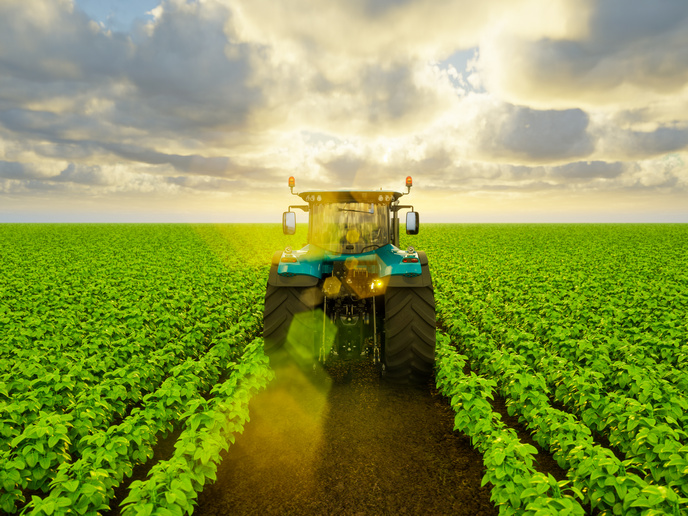Calling all British farmers interested in intercropping
The EU-funded LEGUMINOSE project is looking for 20 farmers from the United Kingdom (UK) to take part in on-farm trials for legume-cereal intercropping, a technique whereby cereal and legume crops are cultivated in a field at the same time. Starting in October 2023, the trials will examine nitrogen reduction benefits and other benefits relating to soil structure, pests, disease and yield. “The concept [of the project] is that [intercropping] diversity will increase plant health, reducing the need for pesticides compared with a monoculture system,” explains farming advisor Jerry Alford from the Soil Association, UK, as reported in a ‘Farmers Guardian’ news item. “The result of that increased plant health will be higher trading of nutrients between the intercrops and as a consequence we should be able to reduce fertiliser inputs and have a much tighter nutrient cycle.”
The pros of intercropping
Intercropping offers a sustainable and efficient way to produce the food we need to sustain the world’s growing population. It can increase land productivity by up to 20 % and improve soil health, cutting the need for synthetic fertilisers in half. Yet, despite these advantages, very few European farmers practise intercropping. In fact, a mere 2 % of arable land in Europe is used for legume-cereal intercropping. LEGUMINOSE is working to make this little-used practice a mainstream method. Project partner University of Reading, UK, has already conducted trials that investigate the impact of intercropping on yield and grain quality. To measure the benefit of intercropping, they have used a formula called the land equivalent ratio (LER). The LER represents the area needed under sole cropping to produce the same yield as the area under intercropping. A ratio greater than one shows that intercropping is more beneficial. Prof. John Hammond from the University of Reading reports in the news item: “Three examples show spring beans, lupins and peas intercropped with spring wheat and the LER for all of these is above one, indicating there is a yield benefit to combining these crops.” The team further analysed grain quality by experimenting with different crop ratios, such as 25 %, 50 % and 75 % wheat-grown with 75 %, 50 % and 25 % spring beans, respectively, in the same field. This yielded a surprising benefit: higher legume ratios increased the protein content of the cereal. “As we increase the proportion of the legume, we have a boost in grain protein and these are all values where we have not added any nitrogen fertiliser,” remarks Prof. Hammond. For the time being, the ratio of legume to cereal crop for the on-farm trials starting in October 2023 is 50:50. However, if farmers have a specific ratio in mind that they would like to research, it is open to negotiation. The aim of the LEGUMINOSE (Legume-cereal intercropping for sustainable agriculture across Europe) trials is to study a range of soil management approaches (e.g. ploughing, no-till and organic systems) to see how each affects intercropping. This and the chosen intercropping approach, for example, alternate-row cropping, multiple-row or mixed intercropping, are left to the farmer to decide and will depend on each farm’s seeding and harvesting techniques. For more information, please see: LEGUMINOSE project website
Keywords
LEGUMINOSE, intercropping, crop, legume, cereal, yield, farmer



